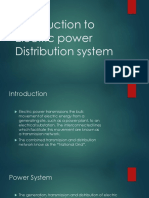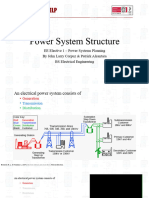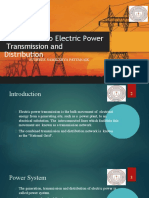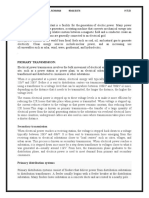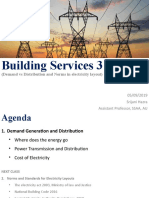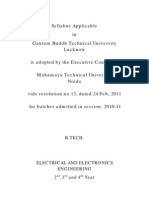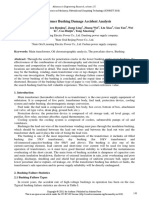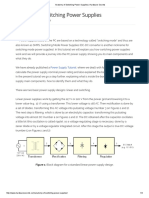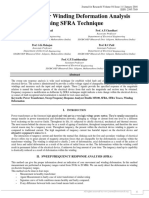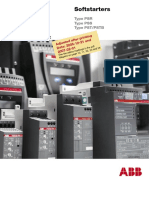0% found this document useful (0 votes)
99 views4 pagesSingle Line Diagram of Power System
A power system is a network of electrical components that includes generation, transmission, distribution, and utilization of electrical energy. Power is generated from various resources, transmitted over long distances, and distributed to consumers through a structured system involving transformers and interconnected grids. The system is categorized into primary and secondary stages for both transmission and distribution to efficiently deliver power to end users.
Uploaded by
pulakkumar.cseaiml24Copyright
© © All Rights Reserved
We take content rights seriously. If you suspect this is your content, claim it here.
Available Formats
Download as PDF, TXT or read online on Scribd
0% found this document useful (0 votes)
99 views4 pagesSingle Line Diagram of Power System
A power system is a network of electrical components that includes generation, transmission, distribution, and utilization of electrical energy. Power is generated from various resources, transmitted over long distances, and distributed to consumers through a structured system involving transformers and interconnected grids. The system is categorized into primary and secondary stages for both transmission and distribution to efficiently deliver power to end users.
Uploaded by
pulakkumar.cseaiml24Copyright
© © All Rights Reserved
We take content rights seriously. If you suspect this is your content, claim it here.
Available Formats
Download as PDF, TXT or read online on Scribd
/ 4







